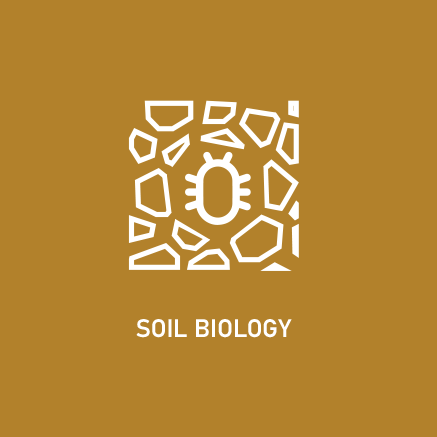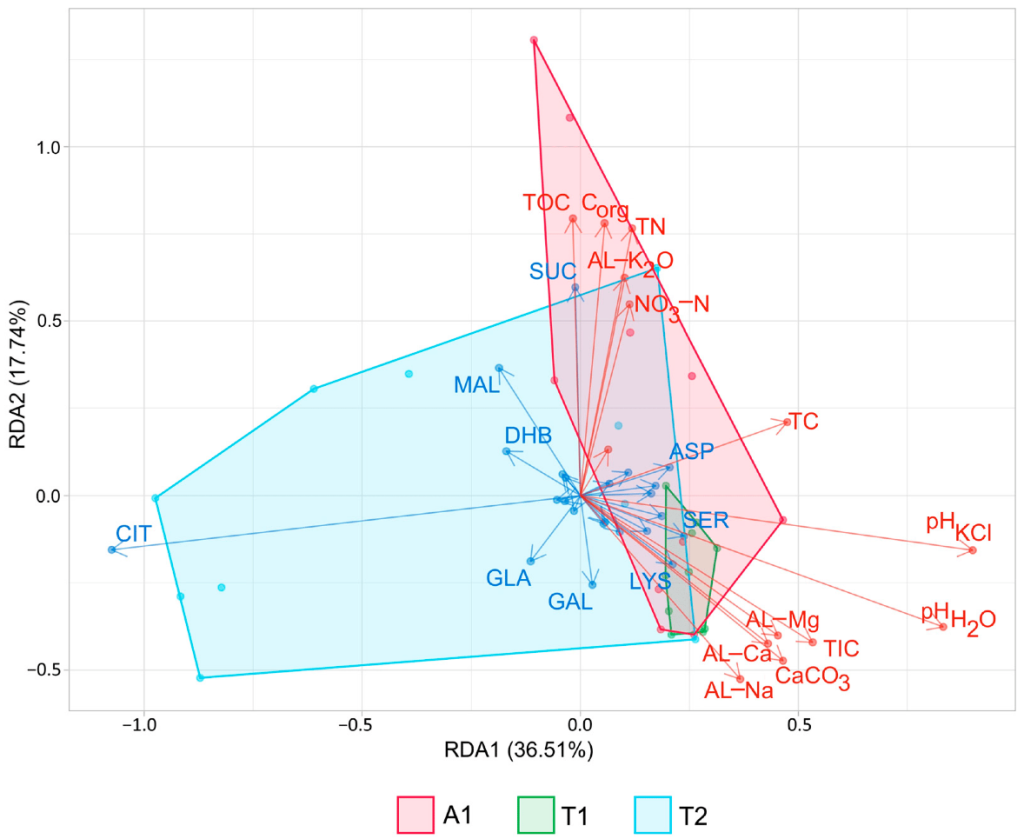The present study compared the bacterial microbiome composition, diversity, and catabolic activity profile of topsoil samples collected under three different forest types (a twice-coppiced black locust stand, a young, naturally reforested, and a middle-aged mixed pedunculate oak stand) planted on former arable land in the early 20th century. Diversity indices determined during 16S ribosomal RNA sequencing-based metagenome analysis indicated that the black locust stand had the highest soil bacterial community diversity. At the phylum level, Acidobacteriota, Actinobacteriota, Proteobacteria, Verrucomicrobiota, Bacteroidota, and Gemmatimonadota were the most abundant taxa in the forest soils. Concerning soil parameters, redundancy analysis revealed that pH had the highest impact on bacterial community structure and pH, and soil organic carbon content on the samples’ respiration patterns. As for catabolic activity, the recently clearcut oak forest showed the lowest substrate-induced respiration, and citrate was the main driver for the inter-stand variability of microbial activity.
This research was funded by the EU and co-financed by the European Regional Development
Fund and the Hungarian Government under project no. GINOP-2.3.2-15-2016-00056.
Bereczki K, Tóth EG, Szili-Kovács T, Megyes M, Korponai K, Lados BB, Illés G, Benke A, Márialigeti K. Soil Parameters and Forest Structure Commonly Form the Microbiome Composition and Activity of Topsoil Layers in Planted Forests. Microorganisms. 2024; 12(6):1162.
https://doi.org/10.3390/microorganisms12061162











